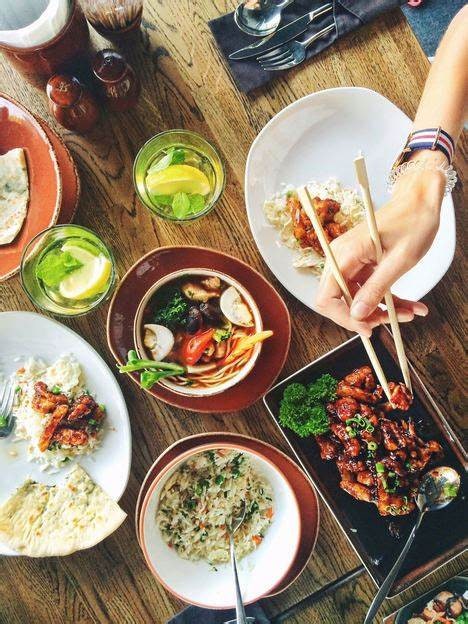저염이 몸에 좋으니 잘 실천해봐야죠 생활실천방법 잘 보고 갑니다 ~^^
Ways to Practice a Low-Sodium Diet Even During the Hot Summer Months
They say they have no appetite because it's summer.
You shouldn't look for something more刺激ing.
Practical ways to maintain a low-sodium diet for health!!
It's probably better to avoid drinking the soup as much as possible even with company meals, haha.
Try to avoid eating processed meats as much as possible or blanch them in water first. I'm originally a dipper, so this is a relief lol.
------------------
Easily exhausted and loss of appetite during the hot summer season
I am thinking of a lot of spicy, hot, and sweetly stimulating foods.
To help you maintain a healthy diet even during the hot summer
Let's learn how to practice a low-salt diet!

Why is eating a salty diet bad?
You know that eating too salty is not good for your health, right?
Excessive sodium intake can lead to severe swelling and excessively high blood pressure.
Eating salty foods increases the risk of developing hypertension, kidney disease, and other health issues.
Additionally, salty foods can stimulate appetite, leading to overeating.
Low-salt diet practice method 1. Food purchasing tips
When purchasing food, it is better to choose fresh items over processed or semi-prepared foods.
It is better to purchase mainly fresh products.
When purchasing meat or fish, buying raw meat or seafood without seasoning or marinade can help reduce sodium intake.
Additionally, when purchasing processed foods, it is important to check the nutrition facts label on the back of the product and choose products with low sodium content.
2. Tips for cooking and preparing low-salt meals
It is recommended to reduce the use of seasonings with high sodium content when cooking.
Especially, because fermented sauces like soybean paste and red pepper paste contain a lot of sodium, it's good to use them carefully.
When using soybean paste, adding ingredients such as tofu, soybean powder, or nuts can help reduce sodium intake.
You can enjoy a richer flavor.
When adding spiciness, it's better to use chili powder and pepper together rather than gochujang.
Additionally, by using low-sodium soy sauce or mixing anchovy broth, kelp broth, etc., to make a flavorful soy sauce, you can enhance the rich taste while reducing sodium intake.
By using various flavors such as vinegar, lemon juice, pepper, curry, and red pepper powder, or by incorporating strongly aromatic vegetables like onions, green onions, garlic, and herbs, you can enjoy a more diverse range of flavors while reducing sodium intake.
Processed foods such as ham, sausages, and fish cakes can be used after lightly blanching them in advance, which helps reduce not only sodium intake but also the consumption of synthetic additives.
3. Tips for practicing a low-salt diet
Sodium is a water-soluble nutrient that dissolves in water and is commonly found in broths and seasonings.
Therefore, when eating, it is better to focus on the solid ingredients rather than the broth, and for foods with sauce, it is better to dip them slightly rather than pouring the sauce over.
It's better to choose pickles instead of kimchi and clear soup instead of stew when selecting menu options!
When dining out, ask to have your food prepared with less salt or seasoning.
Requesting to use less seasoning can help reduce sodium intake.
Additionally, eating foods rich in potassium such as vegetables, fruits, legumes, and milk together can help eliminate excess sodium accumulated in the body and assist in preventing high blood pressure and edema.
So far, we have learned about practical ways to practice a low-salt diet in daily life, from food purchasing to consumption!
To prevent exhaustion from the increasingly hot weather
Take good care of your condition!
Source of the original text:https://bit.ly/3QijQVL



